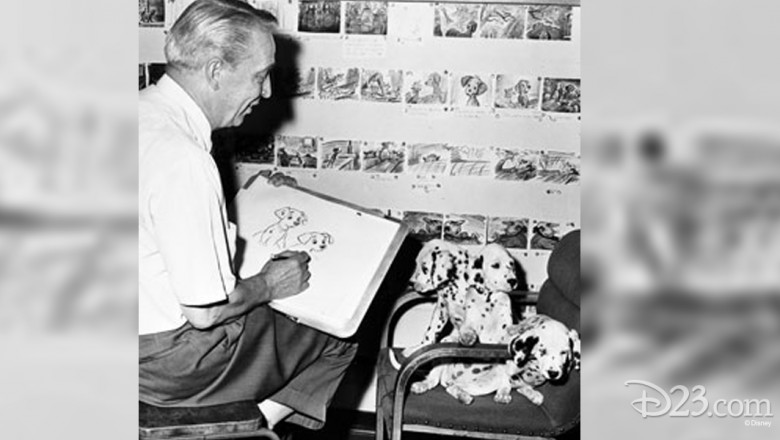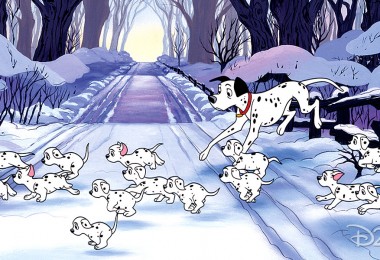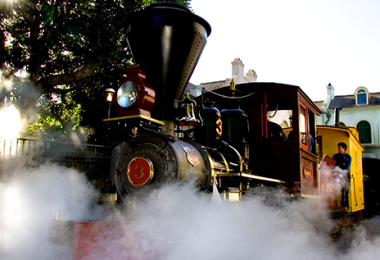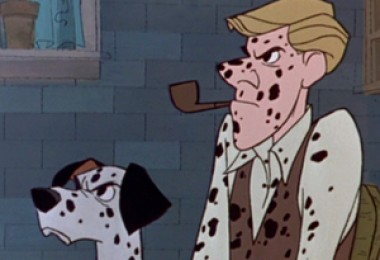The Disney studio lot once had its very own Animal Kingdom.
How this was accomplished by the Disney staff is explained by Frank Thomas and Ollie Johnston in their animation “bible” Disney Animation: The Illusion of Life.
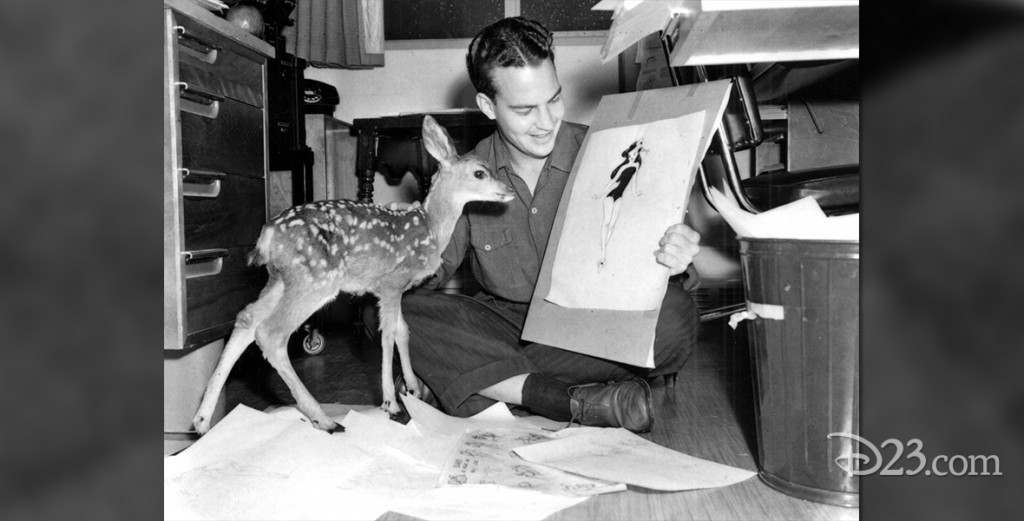
“When learning to draw anything,” Frank and Ollie observe, “it is important that the artist go to the source. Afterward he can make any use of his knowledge that he chooses, but in the beginning he must study the real object, whether it be a zebrula or an aardvark. If Disney artists were going to animate a fox, they would try to get a real fox to study and photograph, and, if possible, feel. Nothing matches the learning that comes from feeling an animal’s bones and muscles and joints, to discover how they are put together and how far they can move in any direction; it is always surprising.”
To help bring this greater realism to animation, Walt formalized the art training given to his animators by hiring art teacher Donald Graham to conduct classes at the Hyperion Studios, and on November 15, 1931, the “great Disney Art School” (as Graham called it) held its first class.
Right outside my window they had a little deer run for Bambi
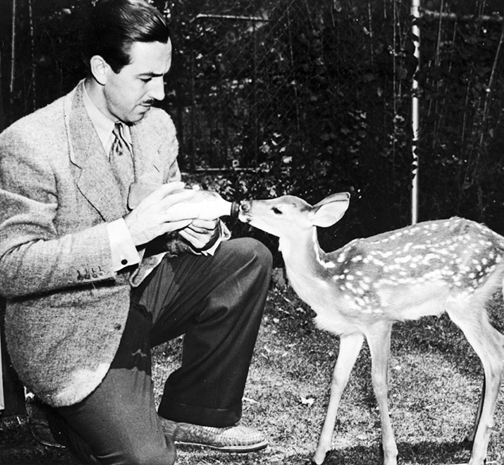
By the time Snow White and the Seven Dwarfs went into production, the soundstages where classes were held were overflowing with animators and models, both human and animal, so in 1936 an “annex” building was devised across the street from the Hyperion studio lot. It was in this building that animators drew everything from live rabbits and a “de-odorized” skunk to full-sized horses. When production on Bambi began in the late 1930s, two young fawns were also brought to the studio for the animators to study. According to an interview with Disney animator Volus Jones published in Walt’s People, volume 3, “Right outside my window they had a little deer run for Bambi. The artists would come over and look out the window so the little deer couldn’t see them. And they would watch its antics.”
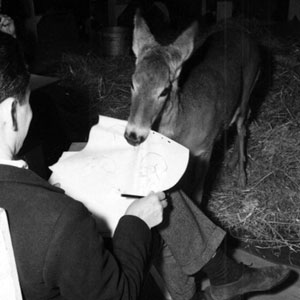
According to Frank and Ollie, “Other animals were brought in and almost overnight, the unit had its own zoo. The artists drew from these photographs and live models, from film, from trips to the Los Angeles Zoo, from memory and from imagination. Their teacher was Bernard Garbutt, who organized field trips, lectured, gave drawing lessons and taught them about the real animal world. ‘Garby’ was the animal expert; he could draw any animal, at any age, in any position, and he set the standard for everyone else to follow.”
The animators also took field trips to study more exotic animals than could be housed safely at the Hyperion Studio “zoo.” According to an interview with animator and Disney Legend Marc Davis, in Walt’s People, volume 2, “There were a group of us who used to go to zoos together. On the weekends, we’d go down to the San Diego Zoo or to a place out in the valley called ‘Goebel’s Lion Farm.’ The Griffith Park Zoo was very minimal at the time, but still — it (had) animals . . . ”
Especially enjoyable were the adorable Dalmatian puppies that were brought in to be used as models . . .
After the Walt Disney Studio in Burbank was built, the practice of drawing from live-action models of animals continued, and lovable creatures of all sort were brought to the studio to inspire the animators. Especially enjoyable to the staff, actors and visitors were the adorable Dalmatian puppies that were brought in to be used as models for 101 Dalmatians.
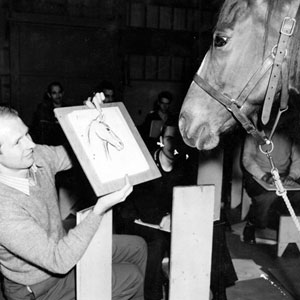
The Studio animators were not the only product of the Studio to use live animals in their productions. Over the years, animal actors continued to visit the Studio lot for live-action film production, publicity and especially when Disney got deeply into television. Many of the episodes of the Sunday night anthology program featured humorous and touching stories about animals, and who could be better at introducing those shows than Walt himself — one of the greatest animal lovers on the staff? During filming, many exotic animals were brought into his “office” to illustrate a point about that night’s featured episode. These lead-ins often featured Walt in very close encounters with various forms of wildlife including dogs, cats, horses, chimpanzees, bear cubs, coyotes, full-grown tigers and even a baby elephant.


